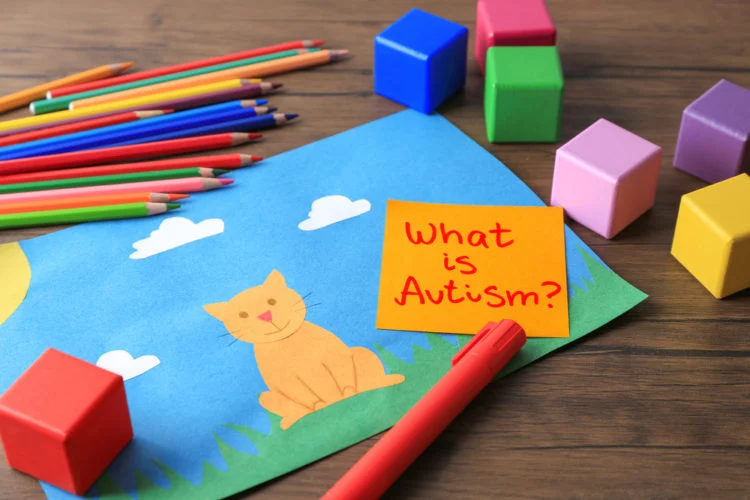Autism Spectrum Disorder ASD is a complex neurodevelopmental condition that affects individuals in various ways. While there is no cure for ASD, there is a growing emphasis on empowering individuals on the spectrum and their families with innovative therapies and interventions that can enhance their quality of life. These innovative therapies not only aim to address the core challenges associated with ASD, such as social communication difficulties and repetitive behaviors, but also seek to leverage the unique strengths and talents that many individuals with ASD possess. This shift in perspective recognizes that individuals with ASD have incredible potential and can contribute meaningfully to their communities and the world at large. As we delve into the world of innovative therapies for ASD, it is essential to explore some of the most promising approaches that are currently transforming the landscape of autism intervention. One such innovative therapy is Applied Behavior Analysis ABA. ABA is a data-driven, evidence-based approach that focuses on understanding and modifying behavior.

It has been particularly effective in teaching communication, social, and life skills to children with ASD. ABA involves breaking down complex behaviors into smaller, more manageable steps and then reinforcing desired behaviors. By tailoring interventions to the specific needs of each individual, ABA helps people with autism develop essential skills and reduce challenging behaviors. Another promising avenue for empowering individuals with ASD is through technology. Advances in technology have opened up new possibilities for communication and skill development. Augmentative and alternative communication AAC devices, for example, enable non-verbal individuals on the spectrum to express themselves and interact with the world. Additionally, there are numerous apps and games designed specifically for individuals with ASD, helping them improve various skills, from language and social interaction to emotion regulation. Sensory-based therapies are gaining popularity as well. Many individuals with ASD have sensory sensitivities, and therapies like sensory integration and occupational therapy can help them manage and adapt to sensory challenges.
These therapies focus on regulating sensory input and helping individuals become more comfortable in their environments. Animal-assisted therapy is another innovative approach that has shown promise in benefiting individuals with ASD view the site https://psychotherapie-bodensee.com/autism-spectrum-disorders-diagnosis-and-therapeutic-approaches. The presence of therapy animals, such as dogs or horses, can help individuals with autism develop social skills, build trust, and reduce anxiety. The non-judgmental and calming nature of animals provides a unique environment for individuals on the spectrum to interact and learn. In recent years, mindfulness and meditation techniques have also found a place in autism therapy. Mindfulness practices can help individuals with ASD manage anxiety, improve focus, and regulate their emotions. By teaching mindfulness techniques, individuals with autism can better cope with the challenges they may face and enhance their overall well-being. In conclusion, innovative therapies for Autism Spectrum Disorder are offering new hope and possibilities for individuals on the spectrum and their families.